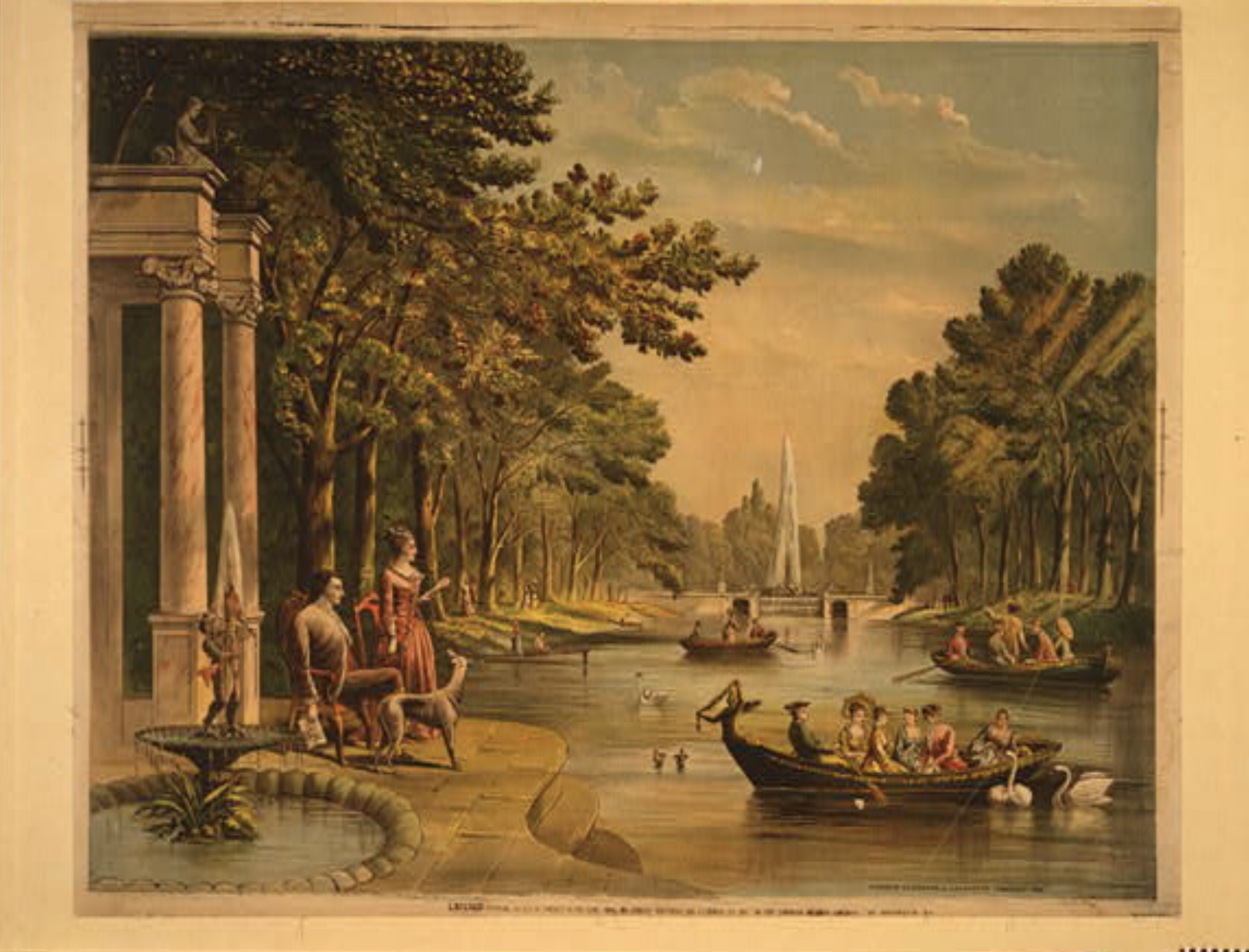Lafayette was from a wealthy land-owning family and followed the family tradition of military commitment.
He knew that Continental Congress lacked funds to finance his trip, so he paid for his own complicated trip. He arrived near Georgetown, South Carolina, on June 13, 1777. Since Lafayette offered to serve without pay, Congress commissioned him as a major general on July 3, 1777.
Lafayette met General Washington in August 1777, and he was made a member of Washington’s staff. He was part of the campaign in the Battle of Brandywine, Battle of Cloucester, Valley Forge, Battle of Barren Hill, Battle of Rhode Island, Battle of Monmouth, Battle of Green Spring and the Siege of Yorktown.
Lafayette was wounded at Brandywine. He went back to France to secure more support, returned to the front, and again wrote to France get more support.
Lafayette was with Washington’s encampment at Valley Forge in the winter of 1777––78. His actions from then until 1781 included working with General Horatio Gates to not advance on Quebec, going to France to work with Benjamin Franklin to get soldiers under the Command of Rochambeau, returning to Philadelphia, and taking his troops to Virginia.
By August 1781 Lafayette took position on Malvern Hill with Cornwallis in Yorktown. His containment trapped the British when the French fleet arrived winning the Battle of the Virginia Capes. Washington’s forces joined with Lafayette’s on September 14, 1781. On October 14, Lafayette’ s forces took Redoubt 9, and Hamilton’s took Redoubt 10. Cornwallis surrendered on October 19, 1781.
Lafayette left Boston for France on December 18, 1781. He took part in the negotiations of the Treaty of Paris. During the French Revolution, Lafayette and his family were imprisoned. Franklin negotiated their release. In 1824, Lafayette returned to the United States and completed a victory tour through 24 states. He returned to France in 1825.
The Marquis de Lafayette died May 20, 1834, in Paris, France.



